John Hurrell – 13 September, 2019
Natural light is essential for these subtle works, so you can see the barely detectable brusherly direction of the underpainting, and the extremely delicate washes that partially cover pencilled grids. Because the chroma is mostly restrained, it can take several visits to notice the layering—due to the angle of the light (despite its diffuse nature) at the moment you are looking.
In a sequence of alternating rooms at both ends of the Ivan Anthony Gallery, Richard Bryant and Patrick Lundberg spatially mingle their two exhibitions, two practices (one ‘nature’ / the other ‘culture’) dancing around each other, providing foils in thinking and painting methodologies.
Both are subtle in their use of materials (namely very thin paint), and impossible to accurately photograph, both force the viewer (and reviewer) to rely on memory of optical experiences, and both make you think about the works’ interaction with gallery architecture, especially the walls on which they are placed.
Bryant’s eight painted rectangular panels feature thin washes of cool and (mainly) pale acrylic, some loosely organised grids or horizontal bands, and an organic fuzzy mood with imprecise borders. With an emphasis on brushed and ‘scruffy’ marks, they allude to the natural world and its meteorological, geological and botanical processes, while hinting that chaos is about to intrude. ‘Feathery’ or spontaneous linear wash application is emphasised; quick manual brushwork that avoids the pristine whilst still retaining control.
Natural light is essential for these subtle works, so you can see the barely detectable brusherly direction of the underpainting, and the extremely delicate washes that partially cover pencilled grids. Because the chroma is mostly restrained, it can take several visits to notice the layering—due to the angle of the light (despite its diffuse nature) at the moment you are looking.
Such chance factoring links to Bryant‘s organic grids, the way they play on the apparent ‘emptiness’ of certain stacked units, where a random factor shrewdly mingles painterly action with nonchalant indifference (seeming inaction). Like Pollock, Bryant seems to be indicating “I am Nature,” a tool through which higher energies pass—a bodily instrument at the disposal of considerably more elevated powers.
John Hurrell
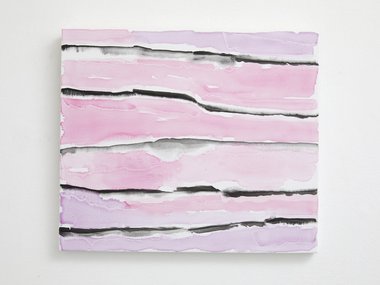

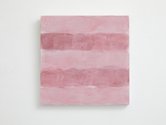
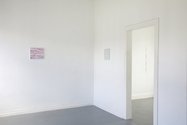



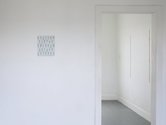



 Two Rooms presents a program of residencies and projects
Two Rooms presents a program of residencies and projects Advertising in this column
Advertising in this column
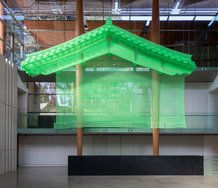
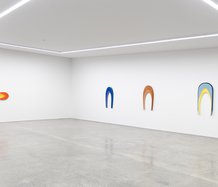
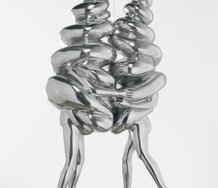
This Discussion has 0 comments.
Comment
Participate
Register to Participate.
Sign in
Sign in to an existing account.